Quick takeaway: If you want cleaner posture on the bike, less lower-back fatigue on long runs, and a stronger transfer of power through your trunk, add targeted bodyweight back work 2× weekly. This article gives specific progressions, the exact why (biomechanics & endurance relevance) and clear how-to slots to insert the work into a race-week build.
Contents
- 1 1. The Undisputed King: Pull-Ups
- 2 2. The Smart Alternative: Inverted Rows (Aussie Pull-Ups)
- 3 3. The Posture-Saver: Superman Hold/Raises
- 4 4. The Activation Secret: Scapular Pull-Ups (Scap Pulls)
- 5 5. The Shoulder Savers: Prone Y-T-W Raises
- 6 6. The Bicep-Booster: Chin-Ups
- 7 7. The Mobility Master: Back Bridge (Wheel Pose)
- 8 8. The Posture Corrector: Reverse Snow Angels
- 9 Bodyweight Back Exercises Comparison
- 10 Putting It All Together: Your Blueprint
- 11 References
1. The Undisputed King: Pull-Ups
Why it works: Pull-ups are a vertical compound pull that heavily load the latissimus dorsi, middle trapezius and posterior deltoid while demanding midline stability. For endurance athletes, stronger lats and scapular stabilisers reduce the compensatory shoulder elevation and thoracic collapse that increase aerodynamic drag on the bike and raise metabolic cost during long efforts.
How to apply (race-week & training context): Place pull-up emphasis in base and strength phases — 6–8 week blocks, twice weekly. Reduce volume to 2 sets of 3 during heavy race weeks. For triathletes: do the heavier session on short non-swim days or as the morning after an easy bike so it doesn’t clash with interval swim quality.
How to Actually Do It
- Dead Hangs: 2 sets × 20–30 s to build grip and shoulder tolerance.
- Negatives: 4–6 reps, 5–8 s lowering, focus on scapular depression then slow eccentric.
- Assistance Bands: Use band assistance to build full ROM before weighted progressions.
Key Tip: Prioritise the top-half pull: drive elbows toward ribs, chest to bar. One perfect rep > five noisy ones.
2. The Smart Alternative: Inverted Rows (Aussie Pull-Ups)
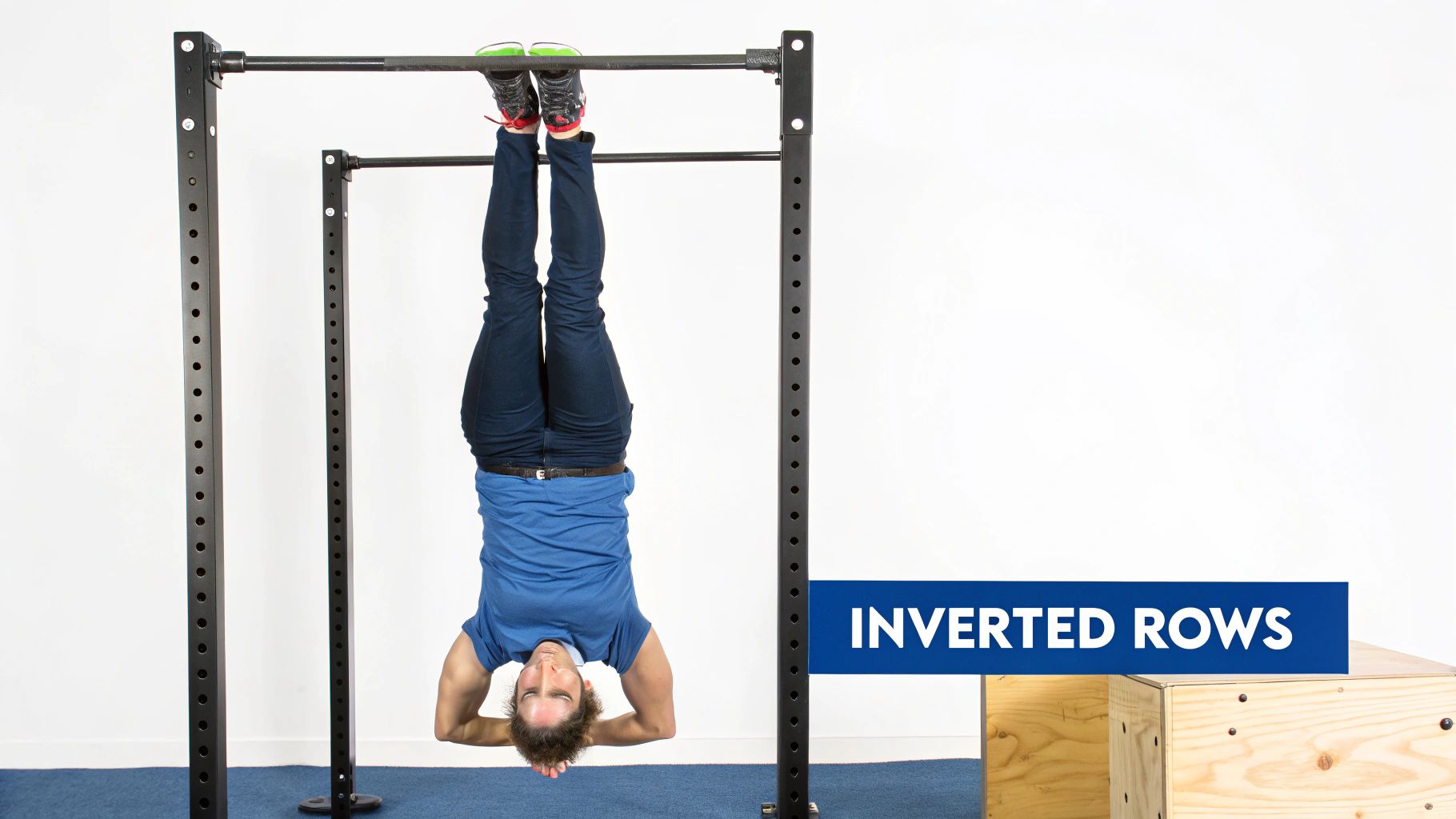
Why it works: Horizontal pulling targets mid-trapezius and rhomboids with less spinal compression than barbell rows, improving scapular control that translates into better stroke mechanics in the pool and more stable posture on long rides[1].
How to apply: Use inverted rows in 2× weekly accessory sessions. During a bike-heavy week before a HIM or iron-distance A race (e.g., Ironman Cairns), perform 3 sets × 10 reps on easy days to maintain posture without interfering with endurance quality.
How to Actually Do It
- Adjust the Angle: Start upright and progress lower as strength improves.
- Squeeze at Top: Pause 1 s with a deliberate scapular pinch — that trains endurance for holding posture under fatigue.
- Feet Elevated: Raise feet to make movement harder once horizontal rows feel easy.
Key Tip: Maintain a rigid line from head to heels — no hip sagging. Think “plank with a pull.”
3. The Posture-Saver: Superman Hold/Raises
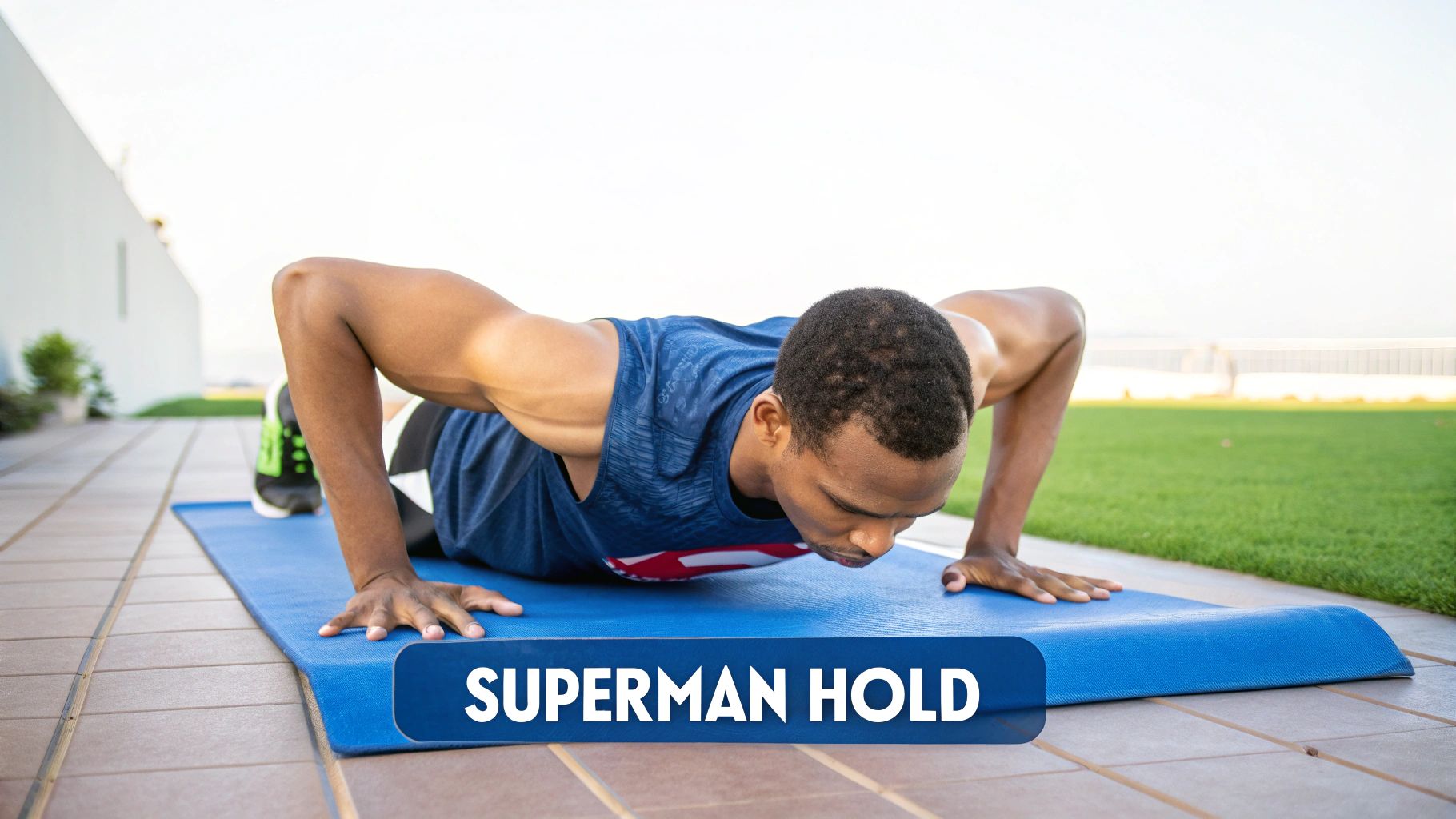
Why it works: The erector spinae endurance is crucial to keep the torso extended during long-duration efforts. Improving lumbar endurance delays kinematic collapse (slumped posture), reducing energy loss and improving running economy — a small but meaningful advantage over marathon distance.
How to apply: Add 1–2 sets after easy runs (30–60 min) or post-ride recovery sessions. During a heavy 3-week block, keep holds short (10–15 s) and perform them on low-intensity days to avoid fatigue spillover.
How to Actually Do It
- Start with Holds: Hold top position for 10–15 s focusing on glute and low-back tension.
- Dynamic Raises: 10–15 reps, slow on the lowering phase.
- Alternating Swimming: If full Superman is too intense, perform opposite-arm/leg raises for 12–15 each side.
Key Tip: Think “lengthen” from fingertips to toes — avoid hyperextension. Controlled, lower-limb drive engages glutes rather than compressing lumbar discs.
4. The Activation Secret: Scapular Pull-Ups (Scap Pulls)
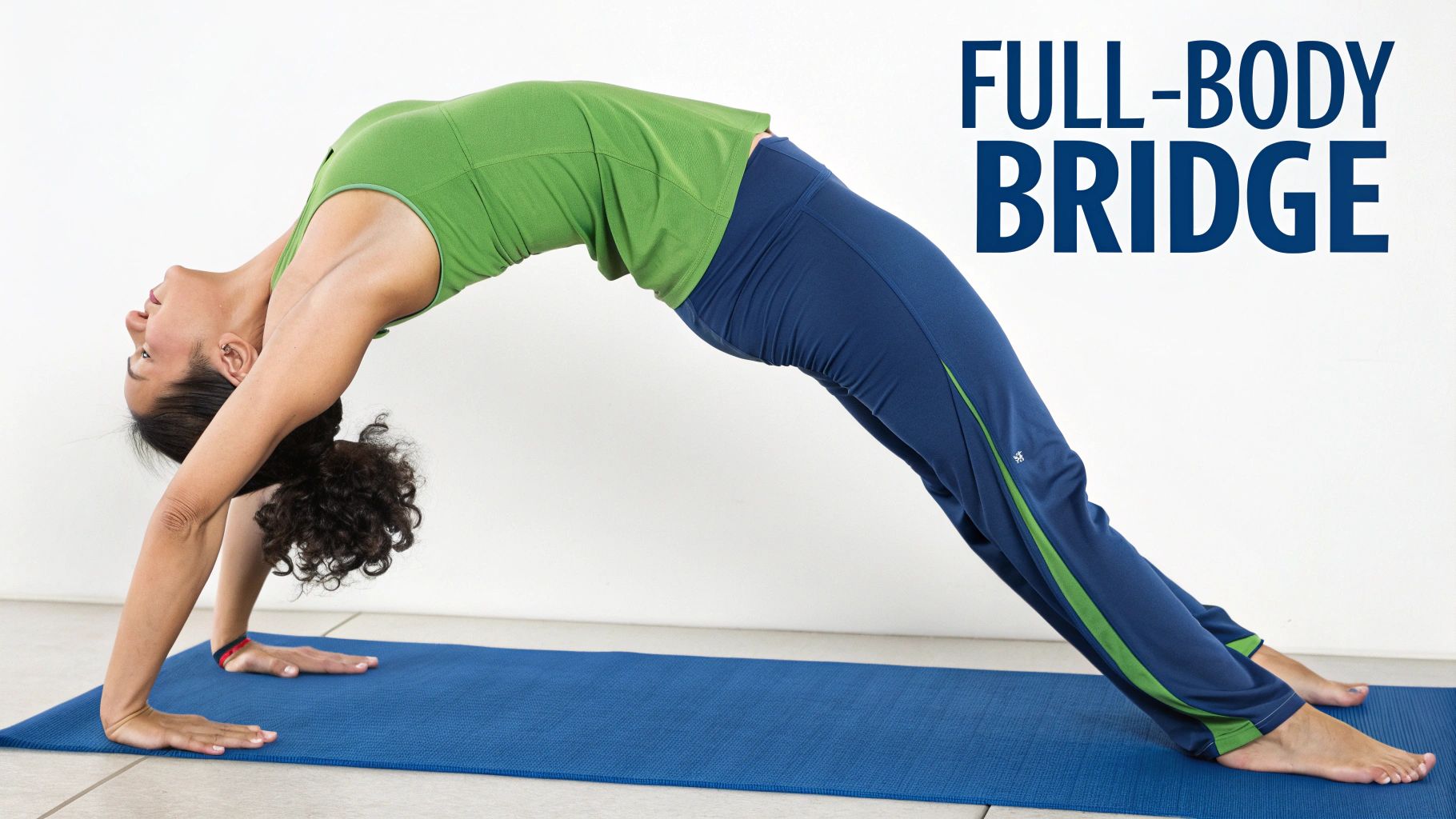
Why it works: Many failed pull-ups are a coordination problem: the scapulae must depress and retract before elbow flexion. Training this pattern reduces shoulder strain and improves force transfer, which helps swimmers and cyclists sustain posture under fatigue.
How to apply: Use as part of your warm-up before vertical pulling or as a daily activation drill (even on rest days). For swimmers, perform 2–3 sets before technical sets to reinforce scapular control under water-specific loads.
How to Actually Do It
- Start from Dead Hang: Hang tall, shoulders relaxed, then pull scapulae down/back without elbow bend.
- Small ROM: Movement is 2–4 inches; hold and feel the lat activation.
- Film Yourself: Ensure elbows aren’t bending — this is scapular-only motion.
Key Tip: If elbows bend, you’ve lost the drill. Practise scap pulls for movement quality; strength follows coordination.
5. The Shoulder Savers: Prone Y-T-W Raises
Why it works: Y-T-W sequence isolates scapular upward rotators and retractors plus posterior deltoid — the small muscles that keep shoulders healthy and resist the forward-hunch common from long hours in aero position or at a desk.
How to apply: Include after swim sessions or as a prehab circuit on recovery days. When you have back-to-back long rides in build weeks, do Y-T-W maintenance to keep shoulders resilient for the following day’s aero demands.
How to Actually Do It
- “Y”: Lay face down, arms overhead ~30°, thumbs up, lift arms and hold for 1–2 s.
- “T”: Arms out to sides, thumbs up, lift with scapular squeeze.
- “W”: Elbows bent, pull elbows toward hips to create the “W” shape.
Key Tip: Keep neck neutral. Slow, controlled reps win here — the goal is motor control, not load.
6. The Bicep-Booster: Chin-Ups
Why it works: Supinated grip shifts some load to the biceps and lowers the technical barrier for many athletes. Chin-ups build lat strength and elbow flexor endurance — both useful when fatigue impairs upper-body posture during long efforts.
How to apply: Use chin-ups as an early-block strength focus (6–10 weeks). During taper, shift to isometrics and submaximal sets to preserve neuromuscular readiness without excessive soreness.
How to Actually Do It
- Isometric Holds: Top position holds build resilience — 10–15 s × 3.
- Eccentrics: 4–6 reps with slow descent (5–8 s).
- Band Assistance: For bodyweight-limited athletes, progress to thinner bands gradually.
Key Tip: Pull elbows toward the ribs, keep chest proud — stop turning the chin-up into a curl.
7. The Mobility Master: Back Bridge (Wheel Pose)
Why it works: The bridge trains thoracic extension, hip extension and shoulder opening simultaneously — mobility and strength blend that reduces thoracic flexion and improves breathing mechanics in aero positions. For endurance athletes, this helps maintain posture on long rides and improves breathing economy.
How to apply: Place bridges on mobility days or after moderate rides. Do not attempt advanced variations the day before key race sessions due to neural fatigue risk.
How to Actually Do It
- Glute Bridge: 3×8–12 to build hip extension power.
- Tabletop Bridge: 3×20–30 s — hands behind hips, push through shoulders and feet.
- Wall Walks: Use the wall to build ROM before attempting a full wheel.
Key Tip: Warm shoulders and thoracic spine thoroughly first — cat-cows, thoracic rotations and banded pull-aparts reduce injury risk.
8. The Posture Corrector: Reverse Snow Angels
Why it works: Reverse snow angels train full-range scapular control and long-duration postural endurance of the mid-upper back — key to resisting the thoracic flexion common on long efforts and desk-heavy weeks.
How to apply: Use as daily maintenance during base phases and on travel days when access to equipment is limited. For swimmers, add before dryland to reinforce shoulder positioning.
How to Actually Do It
- Master the Position: Face-down, arms overhead, forehead just above the ground.
- Initiate the Lift: Lift chest and arms a few centimetres to engage the posterior chain.
- Perform the Angel: Sweep arms out to hips slowly, pinch scapulae at end-range.
Key Tip: Keep thumbs pointed to the ceiling for external rotation — this protects the shoulder joint and focuses work on the correct musculature.
Bodyweight Back Exercises Comparison
| Exercise | Implementation Complexity | Resource Requirements | Expected Outcomes | Ideal Use Cases | Key Advantages |
|---|---|---|---|---|---|
| Pull-Ups | Intermediate → Advanced | Pull-up bar | Back width, vertical pulling strength | Strength phase, calisthenics | High transfer to functional strength |
| Inverted Rows | Beginner → Intermediate | Low bar, rings, TRX | Upper back strength, posture | Rehab, pull-up progression | Adjustable difficulty |
| Superman Hold/Raises | Beginner → Intermediate | Floor space | Lower-back endurance | Postural work, recovery days | No equipment, low impact |
| Scapular Pull-Ups | Beginner (technique) | Pull-up bar | Shoulder stability | Activation, rehab | Movement quality focus |
| Prone Y-T-W | Beginner | Floor space, optional light weights | Rotator cuff & scapular skill | Prehab, posture correction | Targets stabilisers |
| Chin-Ups | Beginner → Intermediate | Pull-up bar | Upper-back & elbow flexor strength | Strength maintenance | More accessible than pull-ups |
| Back Bridge | Intermediate → Advanced | Mat, wall for regressions | Thoracic extension, hip & shoulder mobility | Mobility & gymnastics cross-training | Full-body posterior chain integration |
| Reverse Snow Angels | Beginner → Intermediate | Mat | Posture correction | Daily maintenance | Low risk, high specificity |
Putting It All Together: Your Blueprint
Your Actionable Blueprint (Weekly Example)
Context: moderate-volume training week (example for a runner building to a half or full marathon)
- Mon (easy run): Post-run — 3×10 inverted rows; 3×15 s Superman holds.
- Tue (mid-long/hard session): Rest strength — none (prioritise run quality).
- Wed (tempo): Warm-up — 3×6 scapular pulls; post-session — 3×8 prone Y-T-W.
- Thu (easy recovery): Mobility — glute bridges 3×10, reverse snow angels 3×10.
- Fri (intervals): Activation — short scapular pulls before intervals; light maintenance only after.
- Sat (long run / long ride): Post-session — Superman 3×12 and 2×8 chin-up negatives if fresh.
- Sun: Rest or easy recovery active with a full mobility sequence including tabletop bridges.
Adjust loads during heavy weeks and shift sessions to earlier in the day if they affect run quality. If racing on the weekend (e.g., Gold Coast Marathon), reduce strength to maintenance the week prior: no heavy eccentrics within 72 hours of race start.
Key Takeaway: Consistency beats complexity. Twice-weekly, focused back excercise sessions — even 15 min each — give clear returns to endurance performance within 6–8 weeks.
Fueling note: after these sessions, a balanced recovery option with carbohydrate + protein supports repair. UCAN Energy + Protein offers a 3:1 carb:protein recovery option that’s convenient for busy training days; UCAN Energy Gels are useful pre-interval to stabilise power during short high-intensity sets. 👉 Shop UCAN Energy Gels | 👉 Shop UCAN Energy + Protein
Frequently Asked Questions
For most endurance athletes, 2–3 short sessions per week is ideal. Prioritise movement quality and avoid heavy eccentric sessions within 48–72 hours before a key race.
Can I build significant muscle with just bodyweight back exercises?
Yes — you can develop functional strength and useful hypertrophy with progressive bodyweight variations (angle manipulation, eccentrics, holds). If maximum muscle mass is the goal, combine with load later in the season.
What if I feel these exercises in my arms more than my back?
Use activation drills like scapular pulls to teach the body to start a pull with scapular depression/retraction. Cue elbows toward ribs and film technique to ensure mid-back engagement.
Are these exercises enough to prevent back pain from running or cycling?
They’re a major piece of the prevention puzzle, improving posture, endurance and load distribution. However, persistent pain warrants professional physiotherapy assessment.
References
[2] Kibler, W. B., & McMullen, J. (2003). Scapular Dyskinesis and Its Relation to Shoulder Pain. J Am Acad Orthop Surg.
[3] American College of Sports Medicine. (2018). ACSM’s Guidelines for Exercise Testing and Prescription — relevance for strength programming in endurance athletes.

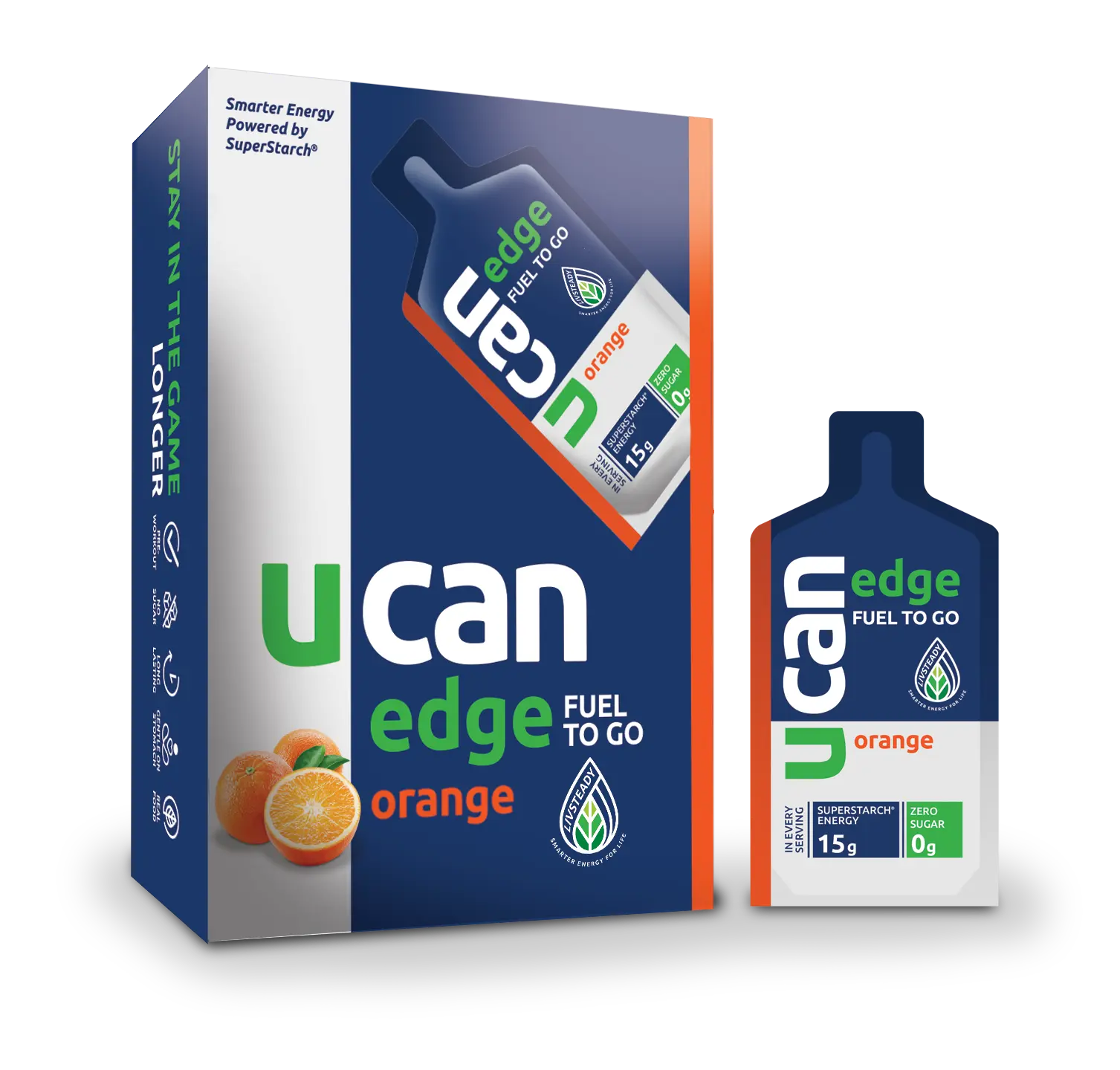
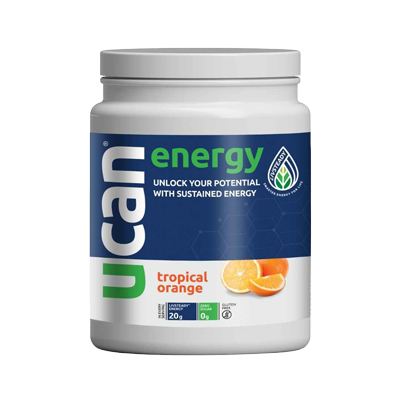
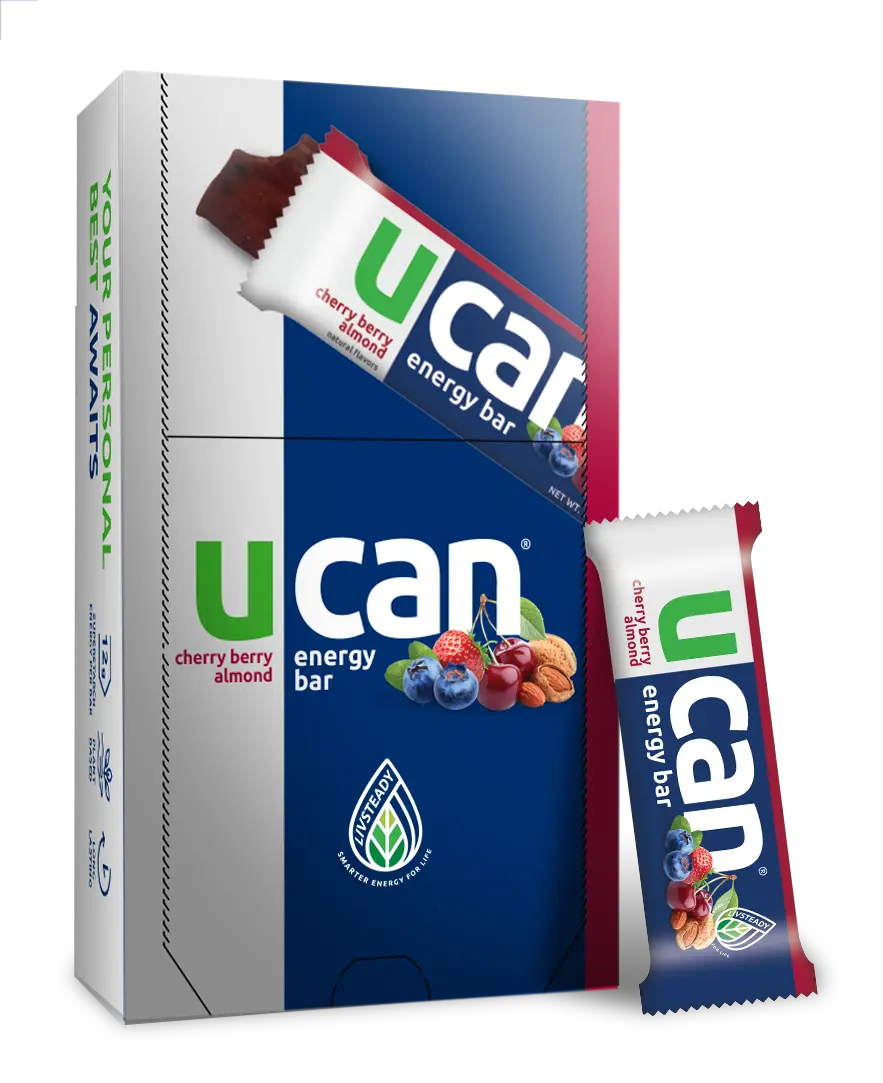
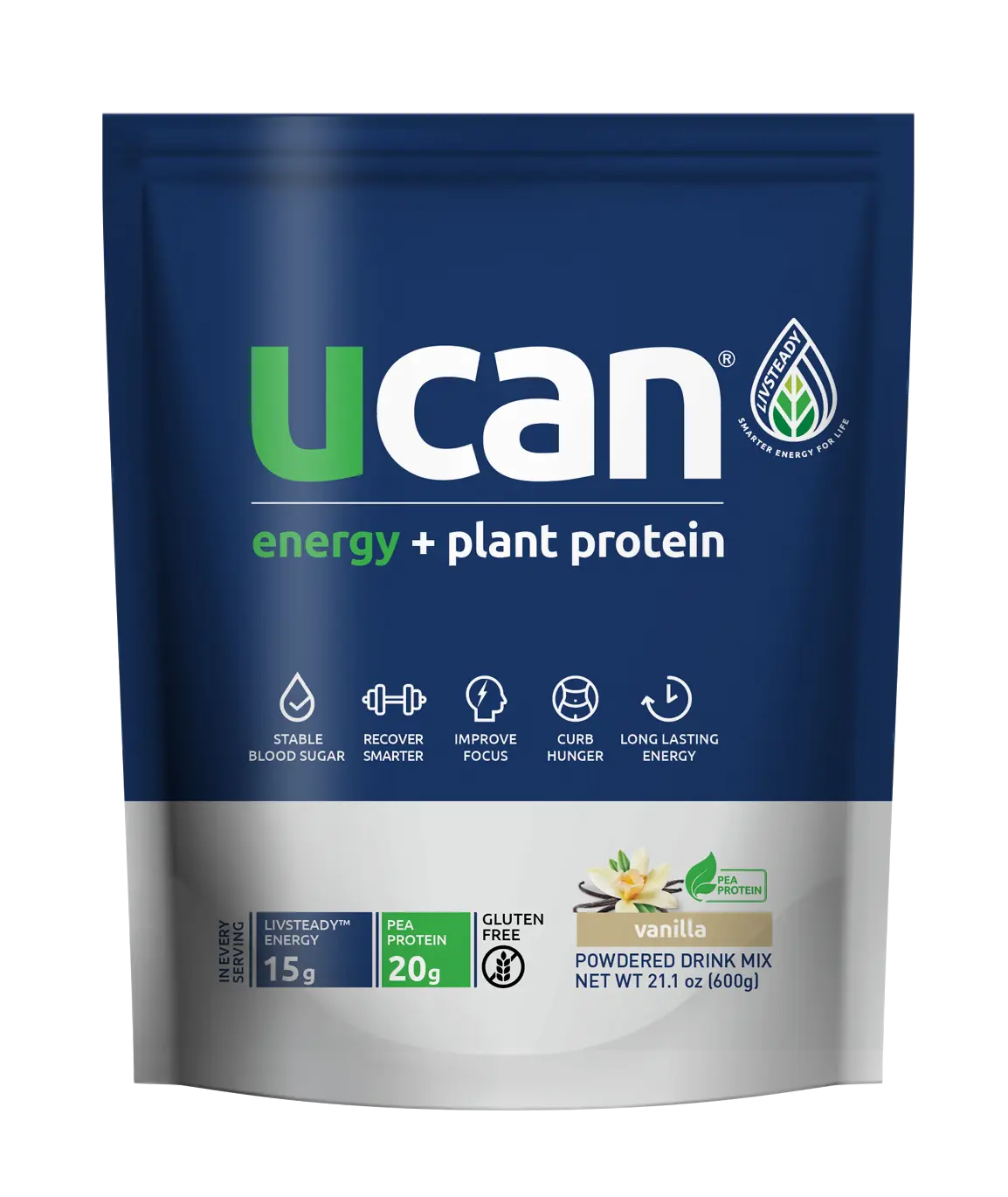
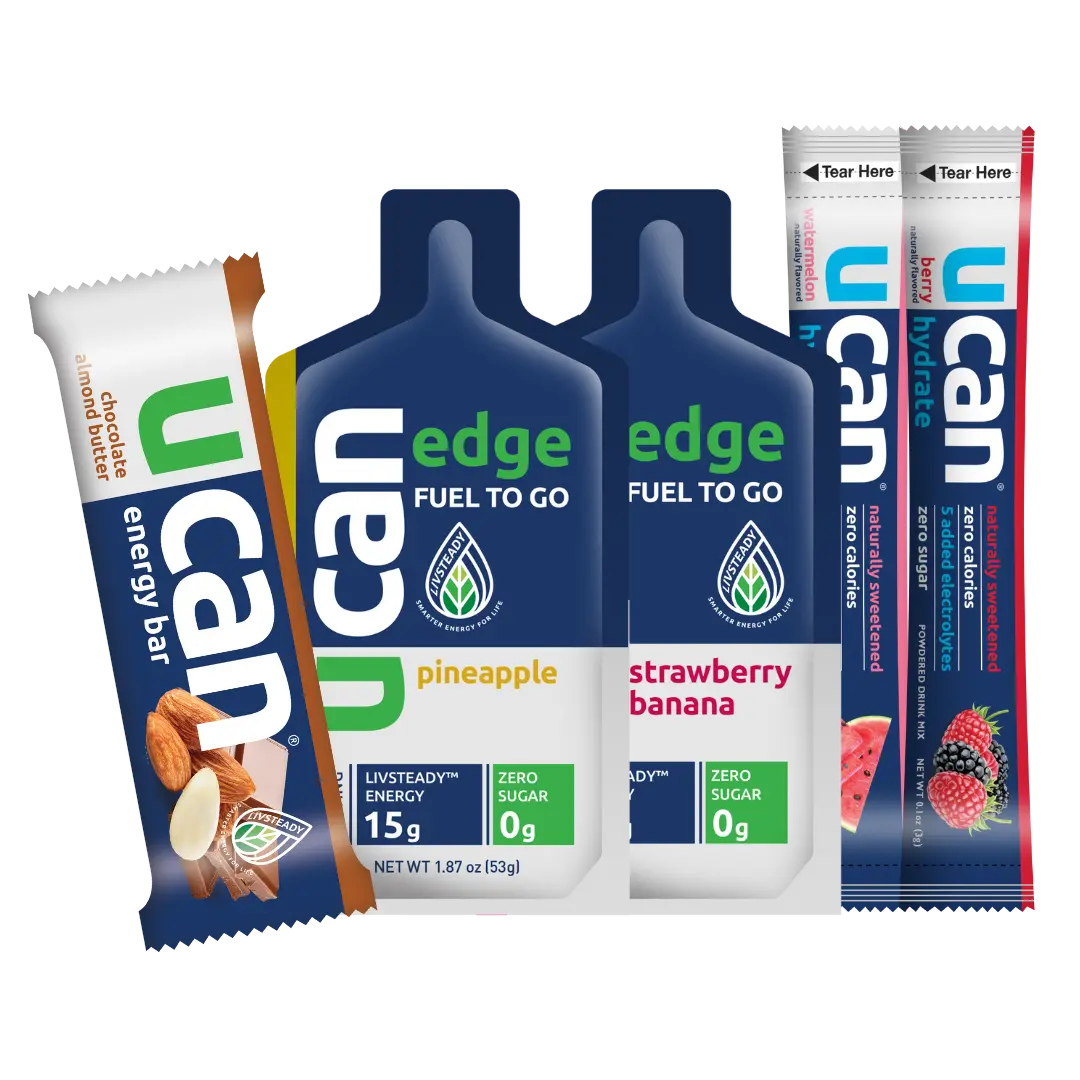
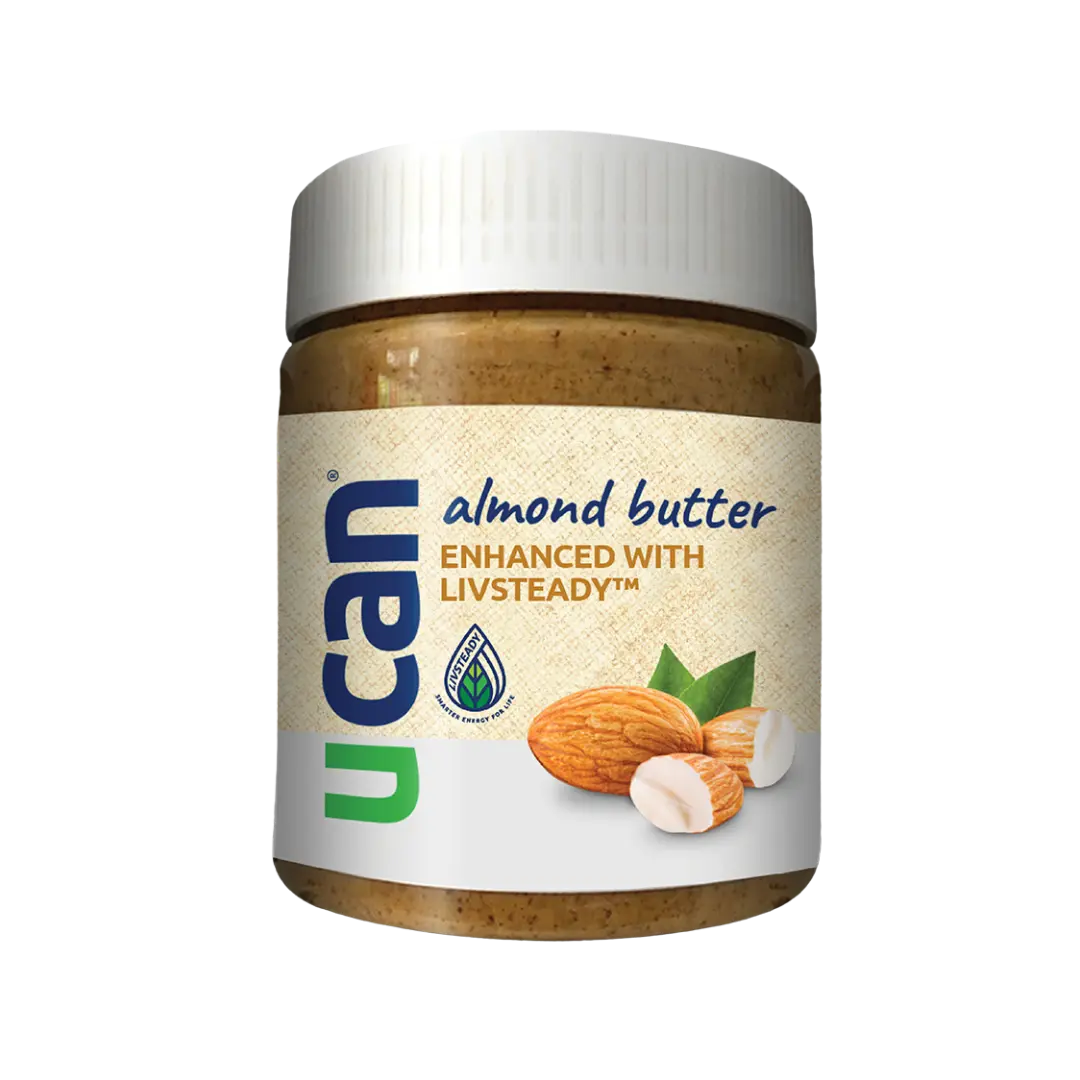
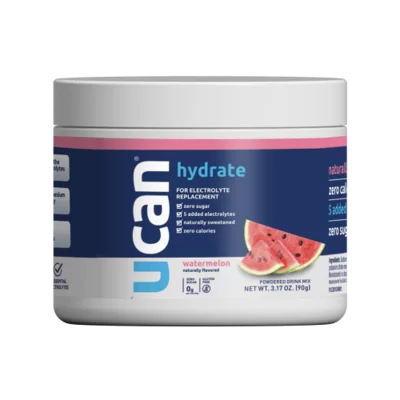
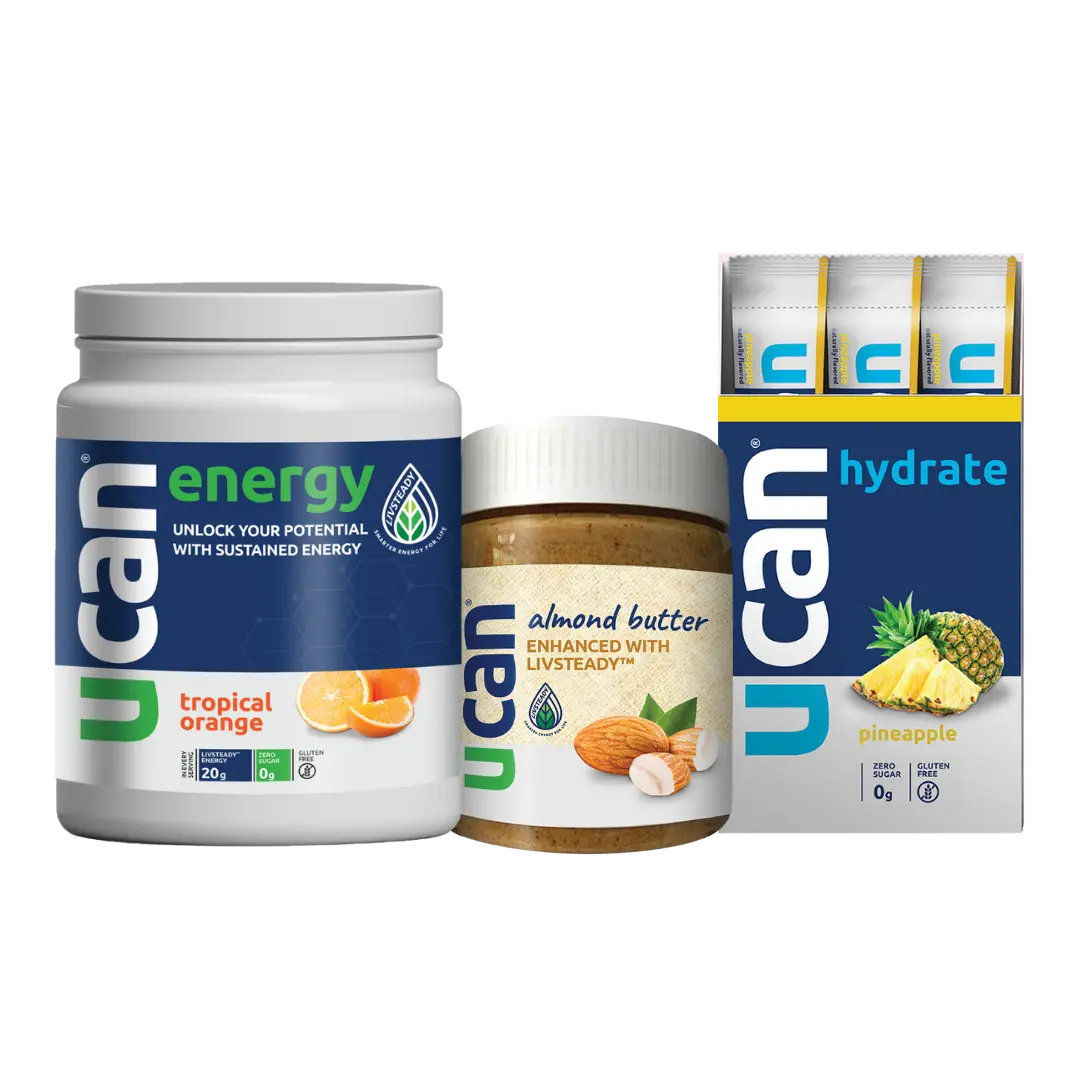
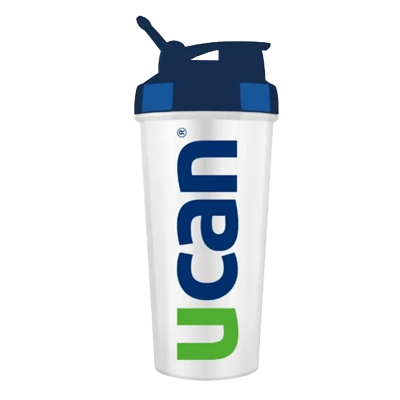
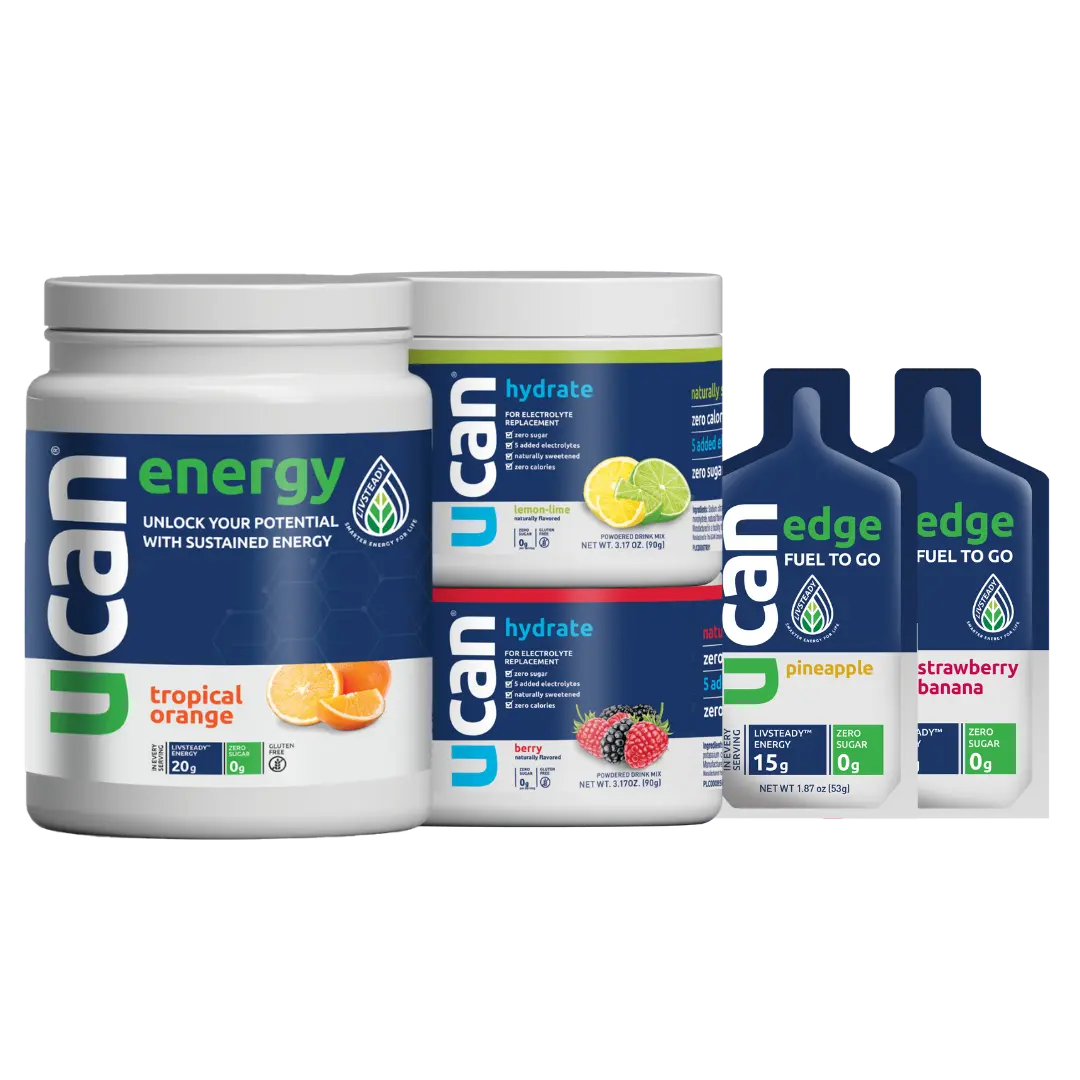
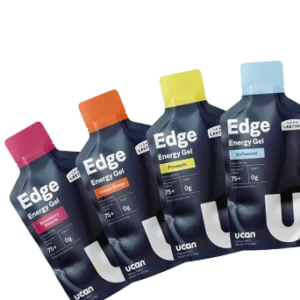
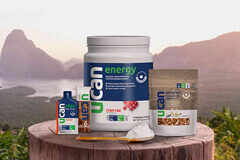


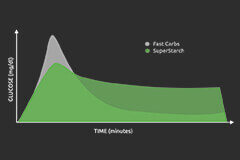

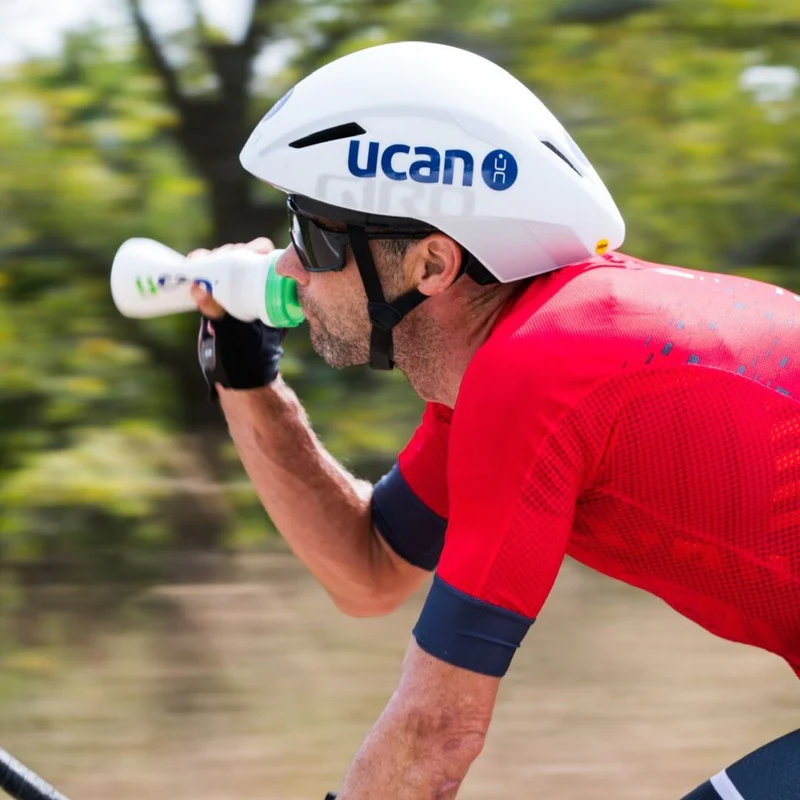


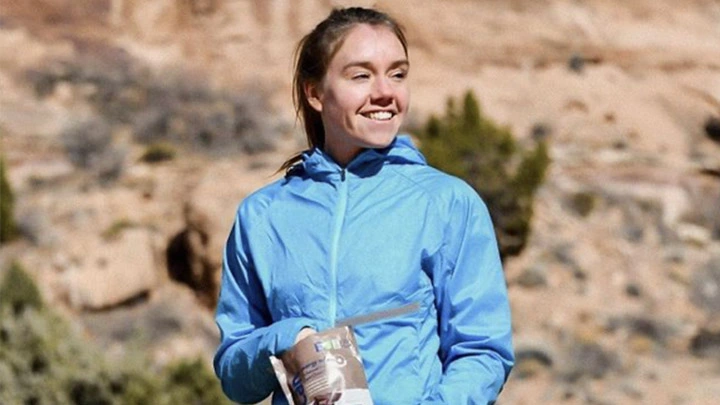



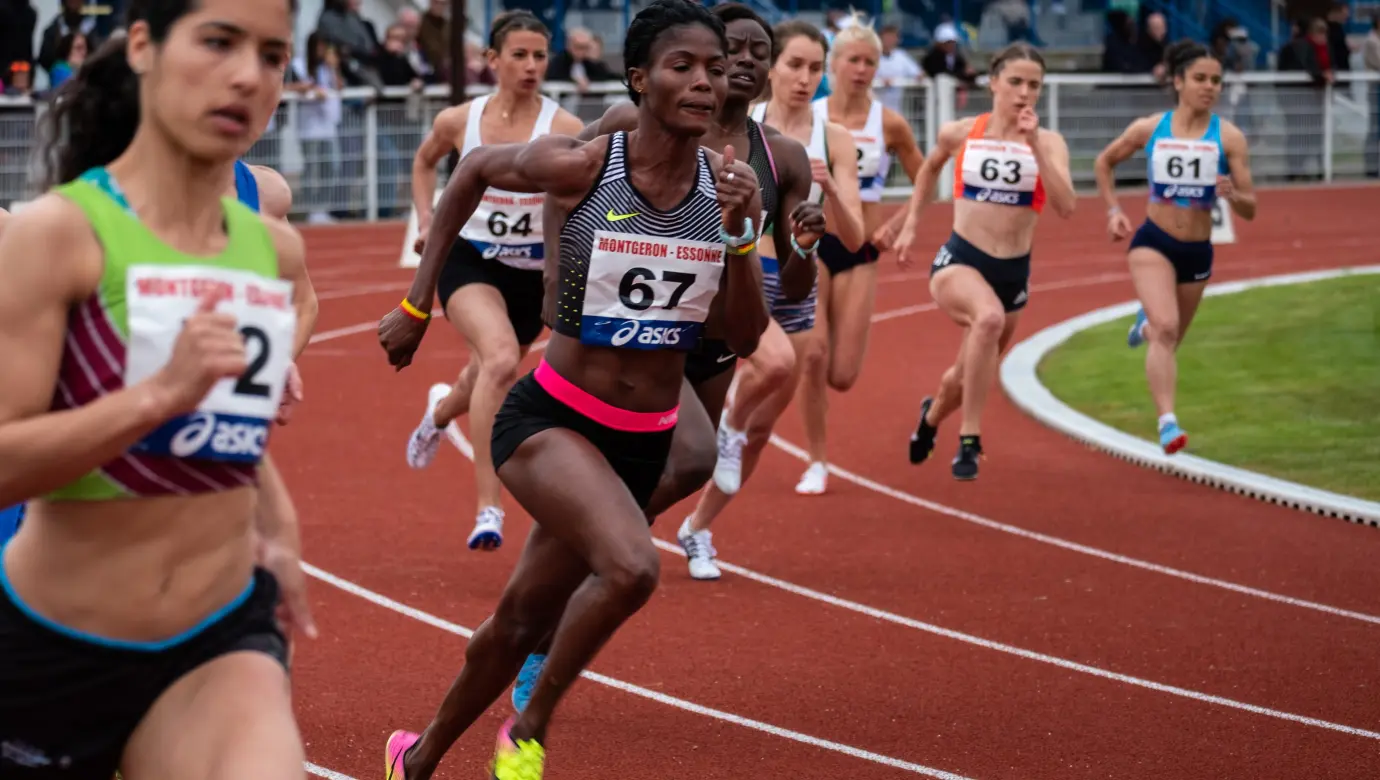

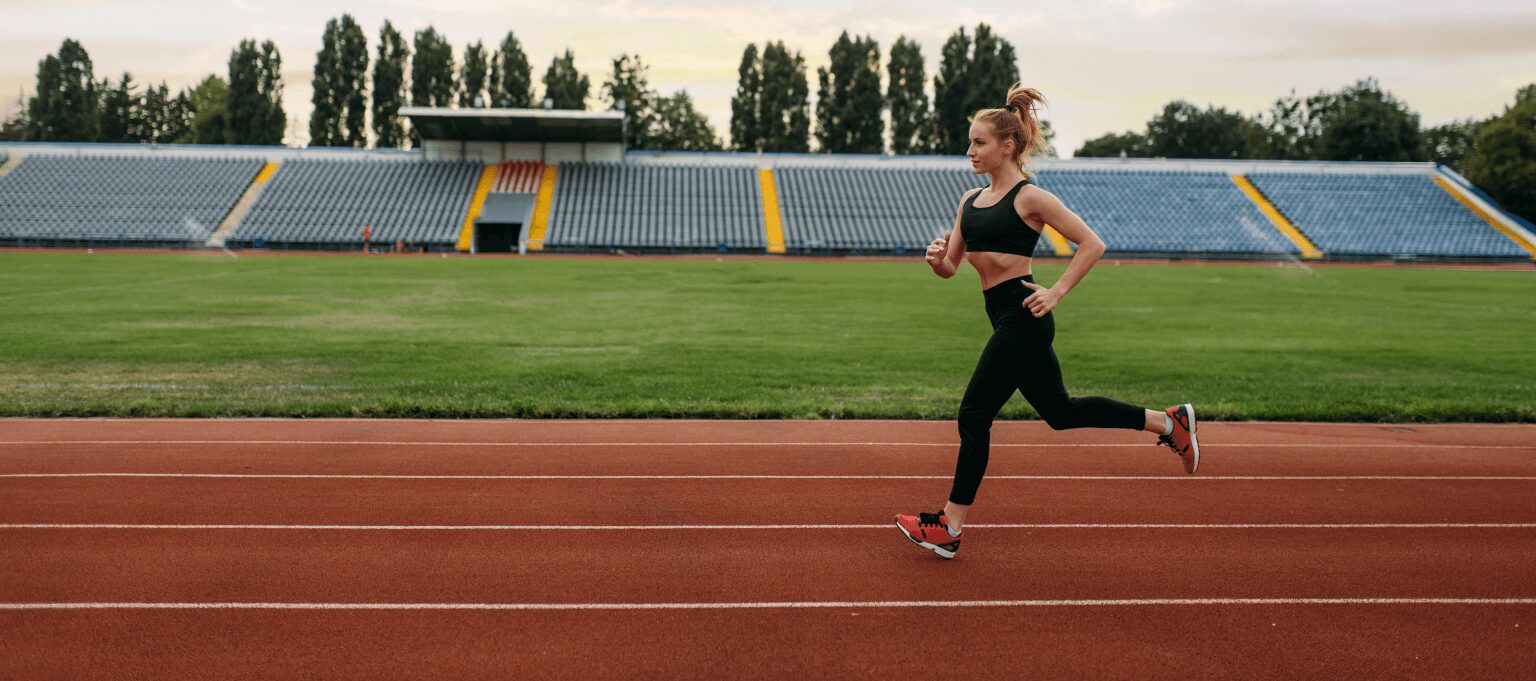
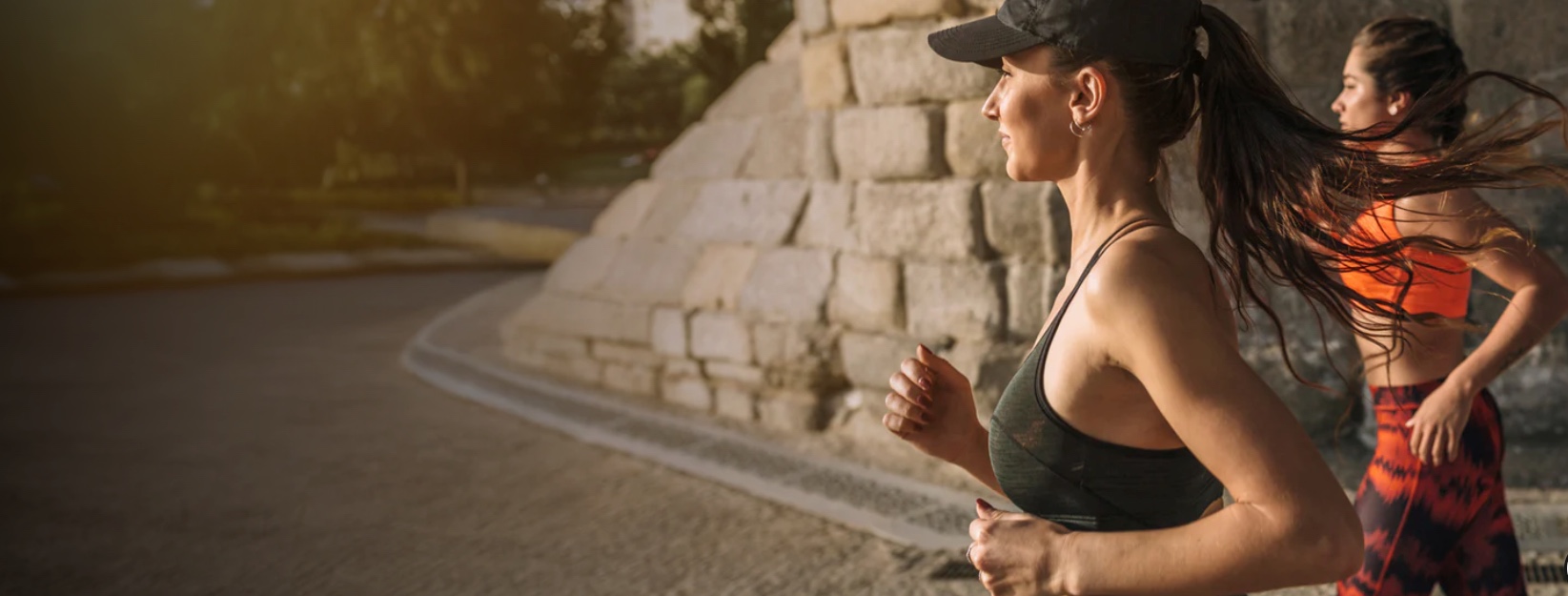
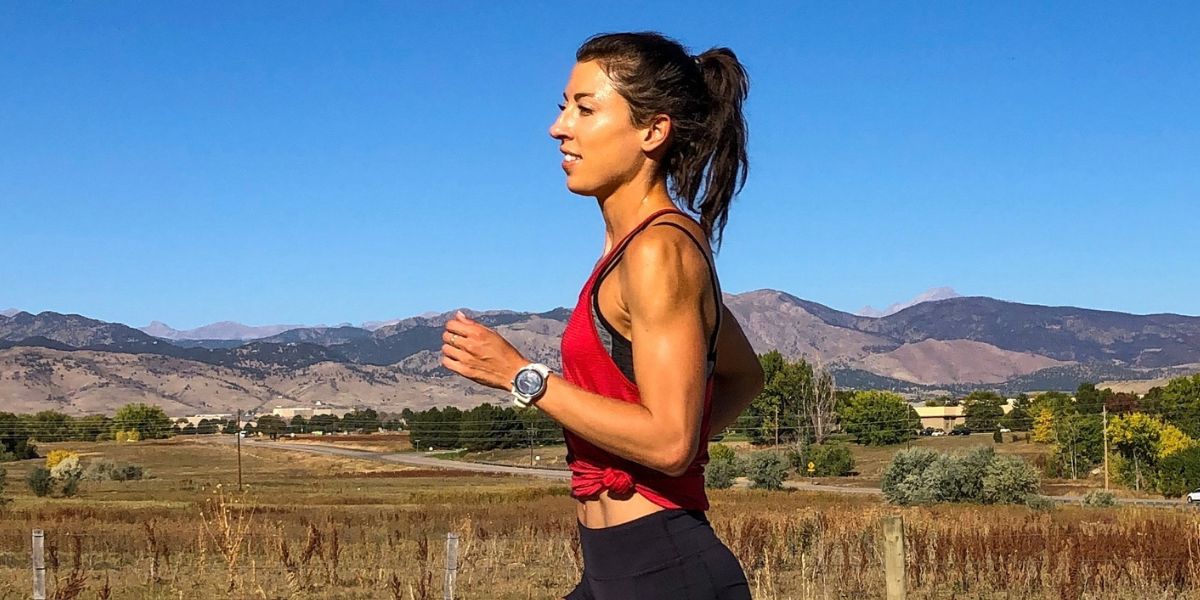







Comments are closed